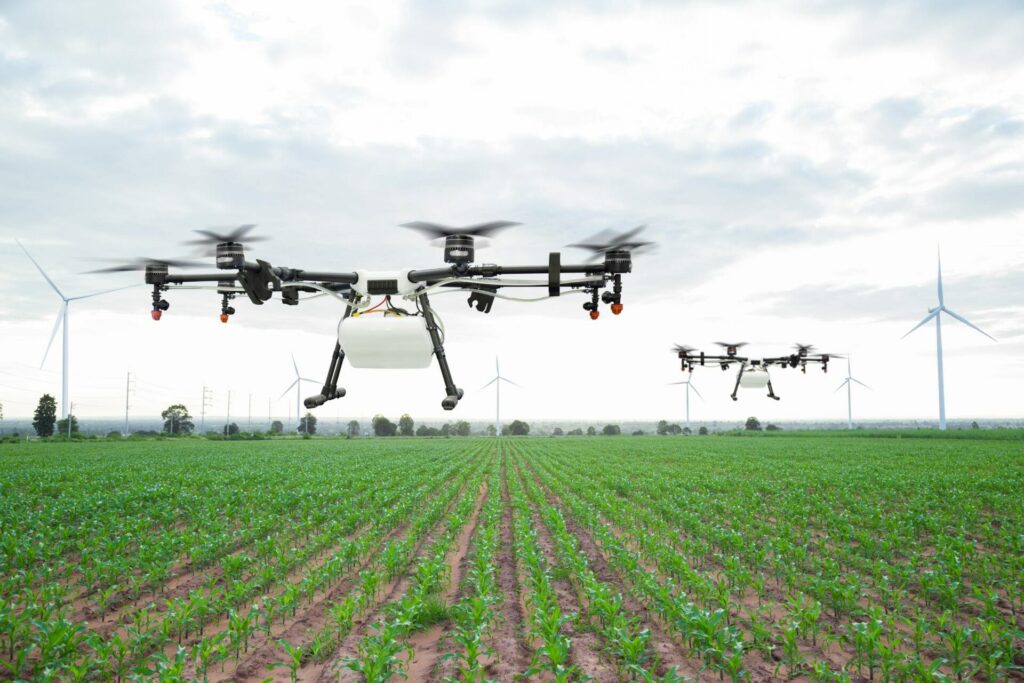Autonomous Drones for Environmental Monitoring

Autonomous drones are emerging as a transformative tool for environmental monitoring, offering unparalleled capabilities to collect data, monitor ecosystems, and respond to environmental challenges. Their ability to operate independently in diverse terrains and conditions makes them invaluable for addressing issues like climate change, deforestation, wildlife conservation, and pollution.
One of the key advantages of autonomous drones is their capacity for efficient data collection over vast and inaccessible areas. Equipped with advanced sensors, cameras, and GPS systems, these drones can gather high-resolution imagery, thermal data, and atmospheric readings. For instance, drones are being deployed to monitor glaciers and ice caps, providing critical insights into the impacts of climate change. By flying over remote regions, they can measure ice thickness, track melting rates, and detect changes in surface structure with precision.
Autonomous drones are also playing a significant role in combating deforestation and habitat destruction. In tropical rainforests, drones equipped with LiDAR and multispectral imaging are used to map tree cover and assess the health of vegetation. These maps are instrumental in detecting illegal logging activities and guiding reforestation efforts. Some drones are even programmed to plant seeds in deforested areas, accelerating reforestation with minimal human intervention.
Wildlife conservation has benefited immensely from drone technology. Autonomous drones are used to track animal populations, monitor migration patterns, and combat poaching. In Africa, drones patrol wildlife reserves, using thermal imaging to detect and deter poachers. Similarly, they monitor endangered species like orangutans or sea turtles, collecting data that informs conservation strategies. Unlike traditional methods, drones reduce human interference in sensitive habitats, preserving the natural behavior of wildlife.
In coastal and marine environments, drones contribute to monitoring water quality, coral reefs, and marine life. By analyzing imagery and sensor data, drones help detect pollution, algae blooms, and changes in sea temperature. They also play a vital role in assessing the health of coral reefs, which are under threat from climate change and human activities. Autonomous underwater drones, or autonomous underwater vehicles (AUVs), extend this capability beneath the ocean’s surface, exploring depths that are inaccessible to humans.
The adaptability of autonomous drones makes them effective in disaster response and environmental crises. During wildfires, drones provide real-time data on fire spread and intensity, enabling efficient deployment of firefighting resources. They can also monitor air quality in areas affected by industrial accidents or volcanic eruptions. After natural disasters like floods or hurricanes, drones assess damage and identify regions in need of urgent relief.
Recent advancements in AI and machine learning have enhanced the autonomy and intelligence of drones. Modern drones can analyze data on-board, identifying patterns and anomalies in real-time. For instance, AI-powered drones can detect illegal mining operations or changes in forest density without relying on ground-based processing. These systems not only increase efficiency but also reduce the dependency on human operators, enabling continuous monitoring over extended periods.
However, challenges remain in the deployment of autonomous drones for environmental monitoring. Limited battery life restricts their operational range, though innovations in solar-powered drones are addressing this issue. Additionally, the collection and storage of vast amounts of environmental data raise concerns about privacy and data security. Regulatory frameworks are also evolving to ensure that drone operations comply with airspace and environmental laws.
Despite these challenges, the integration of autonomous drones into environmental monitoring is a significant step toward sustainable management of natural resources. By providing real-time insights and reducing operational costs, drones empower researchers, governments, and organizations to make informed decisions and respond effectively to environmental threats. As technology continues to advance, autonomous drones will remain at the forefront of efforts to preserve and protect our planet.
Stay ahead with ITBusinessNews – Your trusted source for Technology and Business news. Fast & Precise




